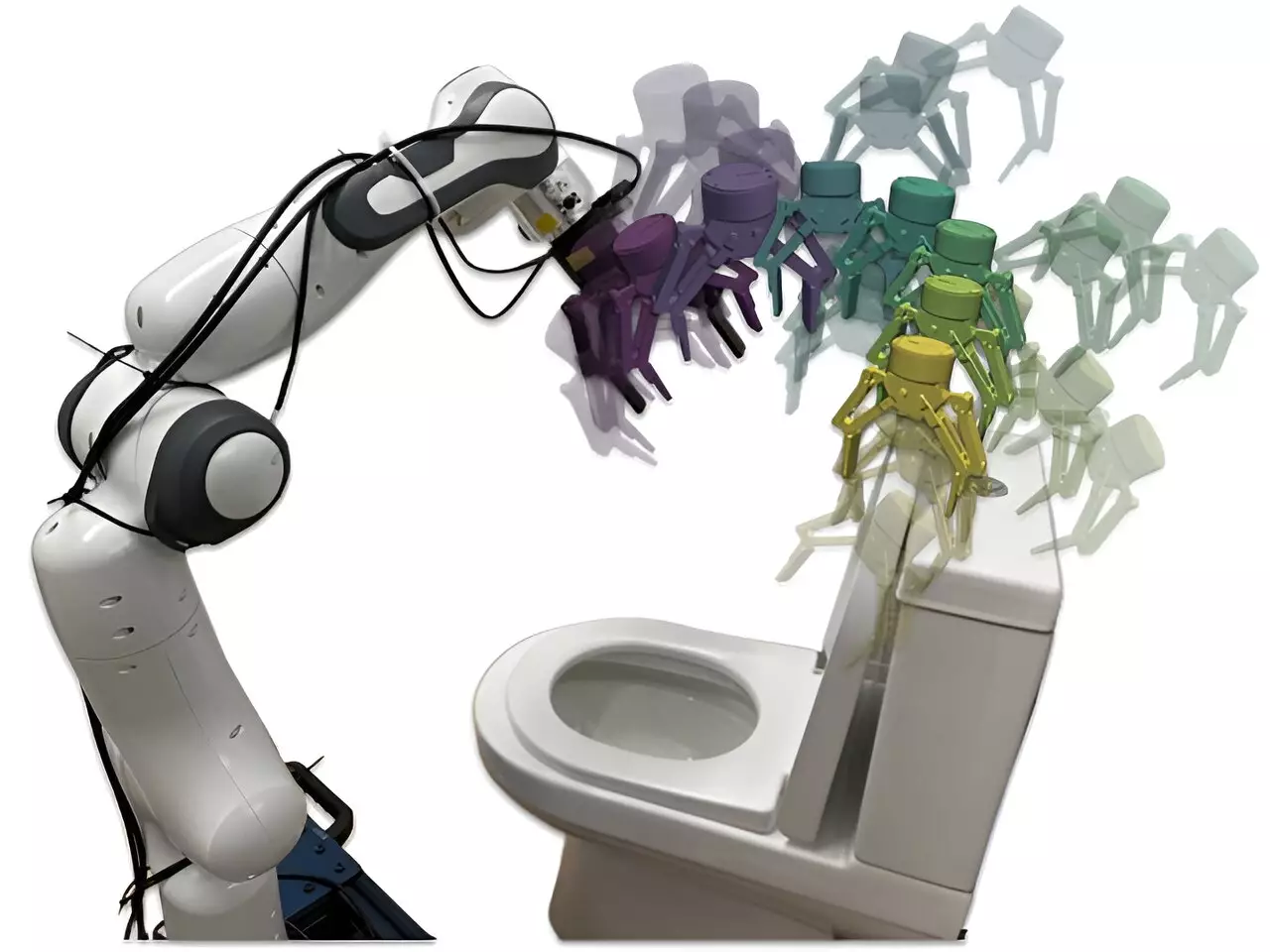Roboticists have been facing significant challenges in teaching robots to learn new tasks effectively and reliably in recent years. The process of mapping high-dimensional data, such as images captured by RGB cameras, to robotic actions has been a complex task. However, researchers at Imperial College London and the Dyson Robot Learning Lab have introduced a groundbreaking method called Render and Diffuse (R&D) that aims to simplify this process and enhance the efficiency of teaching robots new skills.
The R&D method, developed by a team led by Vitalis Vosylius, a final year Ph.D. student at Imperial College London, integrates low-level robot actions with RGB images through virtual 3D renders of robotic systems. Unlike traditional approaches that rely heavily on human demonstrations, this method enables robots to predict actions based on images captured by their sensors more efficiently. Vosylius explains that the inspiration for R&D came from simplifying the learning process for robots by allowing them to imagine their actions within the image using virtual renders of their own embodiment.
In essence, the R&D method consists of two main components. Firstly, it utilizes virtual renders of the robot to enable the robot to visualize its actions in a way that mimics how humans imagine moving their limbs without extensive calculations. Secondly, it employs a learned diffusion process to refine these imagined actions iteratively, resulting in a sequence of actions necessary for the robot to complete a given task. By combining these elements, R&D facilitates the efficient learning of new skills by robots with improved spatial generalization capabilities.
The R&D method has shown promising results in simulations and real-world applications. By utilizing widely available 3D models and rendering techniques, R&D significantly reduces the training data required for teaching robots new tasks. The method enhances the generalization capabilities of robotic policies and has been successfully applied in tasks such as putting down the toilet seat, sweeping a cupboard, opening a box, placing an apple in a drawer, and opening and closing a drawer. This data-efficient approach opens up exciting possibilities for future research in robotic learning.
The introduction of the Render and Diffuse method by the team of researchers at Imperial College London and the Dyson Robot Learning Lab paves the way for further exploration and application in various robotics tasks. The success of the method in simplifying the training of algorithms for robotic applications could inspire the development of similar approaches in the future. Vosylius expresses enthusiasm about combining this approach with powerful image foundation models trained on vast internet data, hinting at the potential for groundbreaking advancements in the field of robotic learning.
The Render and Diffuse method represents a significant leap forward in the quest to teach robots new skills efficiently and effectively. By bridging the gap between high-dimensional data and robotic actions, this method has the potential to revolutionize the way robots learn and adapt to different tasks. As researchers continue to explore the capabilities of R&D and its applications in various scenarios, the future of robotic learning looks brighter than ever.


Leave a Reply